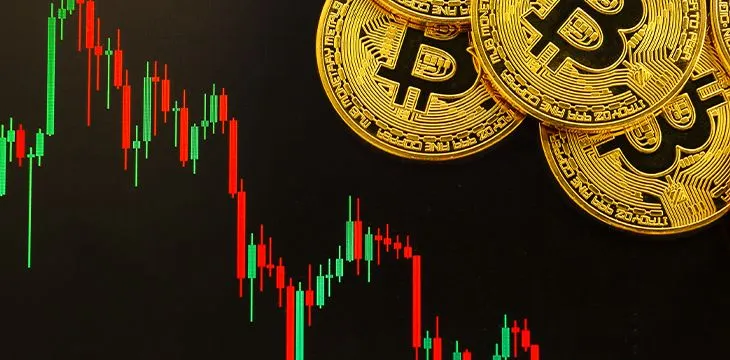|
Getting your Trinity Audio player ready...
|
When I was starting in the digital currencies some six years ago, the only explanation for earning money that I received from a hundred thousand people online was to mine BTC for the subsidy reward or play the price speculation game. Sadly, many remain stuck in this outdated mindset.
ASIC hardware financing continues to heat up with block reward miners placing massive bulk-order orders for the latest next-generation equipment. This shift is happening as mining profitability on the BTC blockchain continues to be a crapshoot, with participants gambling that a price bull-run is imminent.
According to Bitinfochart, block reward miners hit a yearly low in October, earning $0.0637 for every tera-hash they produce. At this same period last year, miners could expect to make roughly $.158. This stagnant price point represents a year-over-year decrease of 58% in earning potential for block reward miners.
As profit margins decrease, competition for the BTC block subsidy reward has increased by many orders of magnitude. Around the same time that miners were dealing with dwindling revenue, the hashrate on BTC surged to an all-time high of 157 EH/s in mid-October.
Much of this growth comes from ASIC financing, wherein block reward miners take out a loan or issue new stock shares in order to buy the year’s new generation ASIC mining equipment. Often organizations are left operating at a loss, hoping the FOMO spirit drives up BTCs price before their mountain of debt comes due.
This hardware arms race to scale out the most extensive server inventory possible is squeezing out small miners that lack immediate access to capital or favorable financing.
To offset the current price downturn, block reward miners are also searching for the cheapest, near-free electricity. This strategy leads many to set up operations in such far-flung locations as the frozen lands in Russia and oil-rich Iran to capitalize on their natural energy abundance.
Even this approach is shortsighted as those locations only offer a temporary stay from the harsh reality that BTC’s token price is not likely to hit the heights of late-2017, which fueled the ICO run.
Why? Because Satoshi defines “Bitcoin” as Peer-to-Peer Cash System. The bulk of earning for those participants powering the network would gradually come from transaction fees instead of the block subsidy reward.
How is this a road to unprofitability one might ask? The business models and operational philosophies used by block reward miners over the past decade are diametrically opposed to the economic model put forth by Satoshi. What remains is companies artificially propping up a token that lacks utility and is not the real Bitcoin. They wonder why mass adoption has yet to happen.
See also: TAAL’s Jerry Chan presentation at CoinGeek Live on The Shift from Bitcoin “Miners” to “Transaction Processors”

 09-15-2025
09-15-2025 





